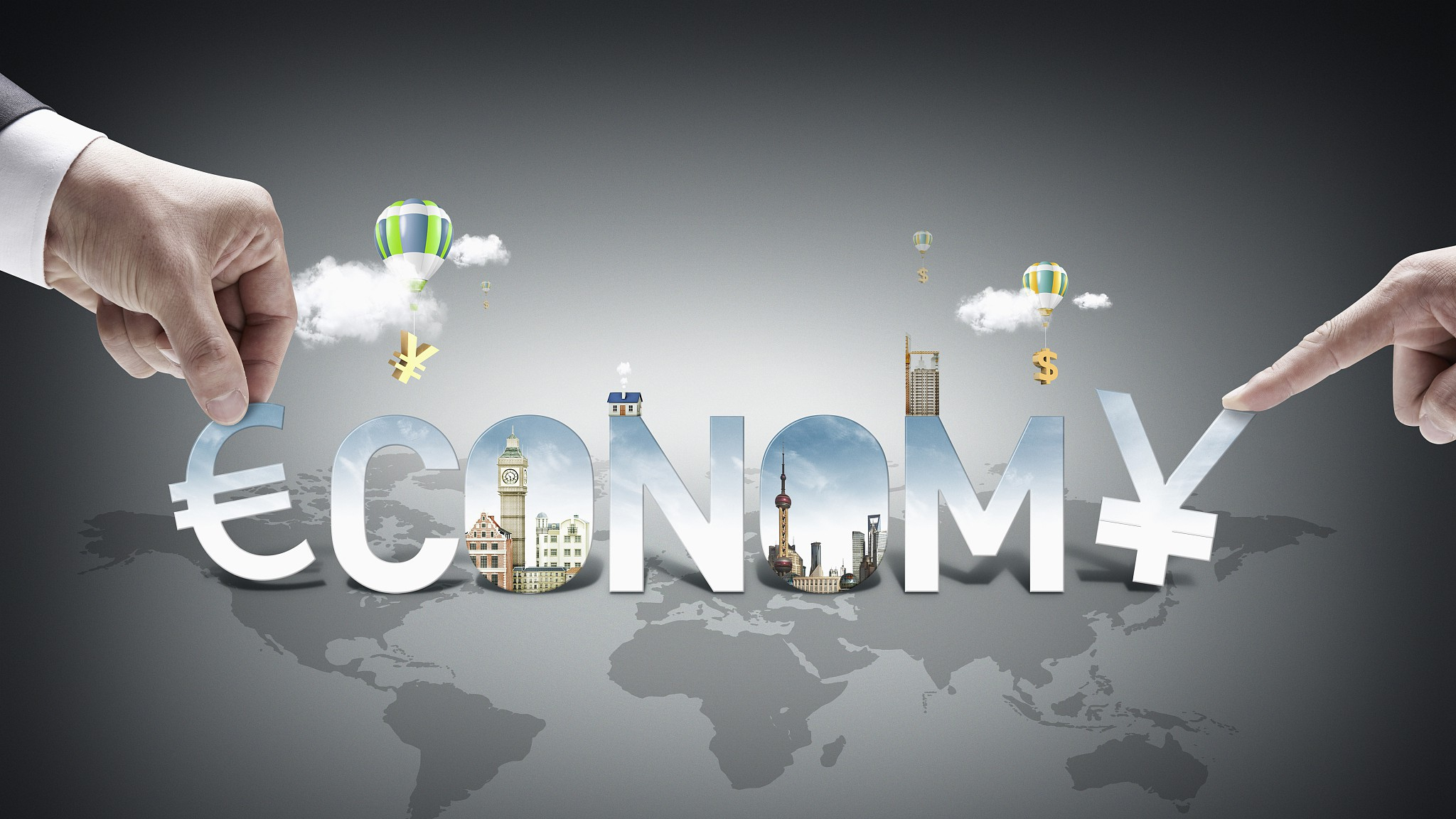
Opinions
11:41, 10-Jan-2019
Opinion: World economy: Good or bad in 2019?
Updated
11:07, 13-Jan-2019
Liu Chunsheng

Editor's note: Liu Chunsheng is an associate professor at the Beijing-based Central University of Finance and Economics, and deputy dean of Blue Source Capital Research Institute. The article reflects the author's opinions, and not necessarily the views of CGTN.
On January 8, the World Bank issued its latest annual report on the world economy, 2019 Global Economic Prospects, in which global growth is expected to decline to 2.9 percent in 2019.
It seems that the World Bank holds a more pessimistic attitude towards the global economy in 2019 than other international organizations. For example, the International Monetary Fund estimated that the world economic growth in 2019 would be 3.7 percent while the Organization for Economic Co-operation and Development stands at 3.5 percent. The numbers may vary among different organizations, but they all agreed that the global economy would slow down and the growth rate would be lower than in 2018.
The decline of growth in developed economies, especially in the U.S., may become a major drag on the world economy in 2019. Several factors contribute to this trend. First, the impact of trade protectionism on the U.S. economy will further emerge next year. Second, the stimulating effect of the Trump administration's tax reductions for U.S. manufacturers and economic growth is diminishing. And third, the Democratic Party won a majority in the House of Representatives in the mid-term elections in November 2018, which will greatly restrict the Trump administration's budget. Trump and congressional Democrats' battle over the funding of the border wall has led to a weeks-long partial government shutdown.

VCG Photo
VCG Photo
Therefore, after relatively strong growth in 2018, it is expected that the growth rate of the U.S. economy may decrease significantly in 2019. The recent plunge of American stocks has begun to show this trend. Moreover, the U.S. Fed's continued raising of interest rates will push U.S. monetary policy into a tightening zone. Meanwhile, the likelihood of financial crisis outbreaks in emerging economies will keep rising.
With currency devaluation and capital outflow spreading to more and more developing countries, financial risks in emerging markets are evolving systemically. Compared with 2018, downside risks are generally expanding in 2019.
Global trade frictions changed from impulse to action in 2018, and their negative effects will accelerate to be realized in 2019. The Trump administration raised tariffs on 250 billion U.S. dollars' worth of Chinese goods and China fought back with tariffs on 110 billion U.S. dollars' worth of American goods in 2018.
At present, the whole world is paying great attention to the U.S.-China trade negotiation. As the world's two largest economies, whether the U.S. and China could reach an agreement will not only shape the future of the bilateral economic and trade relations as well as the domestic economies of both countries, but also largely determine the direction of the world economy.

Indonesia's Minister of Finance Sri Mulyani Indrawati (L), World Bank Group President Jim Yong Kim (C), and IMF Managing Director Christine Lagarde (R) attend the Bali Fintech Agenda in the series of IMF Annual Meetings - WBG 2018, in Nusa Dua Bali, Indonesia, October 11, 2018. /VCG Photo
Indonesia's Minister of Finance Sri Mulyani Indrawati (L), World Bank Group President Jim Yong Kim (C), and IMF Managing Director Christine Lagarde (R) attend the Bali Fintech Agenda in the series of IMF Annual Meetings - WBG 2018, in Nusa Dua Bali, Indonesia, October 11, 2018. /VCG Photo
In the short term, the direct impact of trade frictions on the real economy is relatively limited, but it may weaken investment confidence and financing environment by cracking down on market expectations, resulting in serious secondary shocks. In the long run, trade frictions will lead to the disorder of global resource allocation, the reshuffle of the global value chain and the impairment of total factor productivity, thus enhancing the uncertainty of the world economy.
Facing the domestic and international scenarios, the Chinese government, to promote more stable economic growth, is implementing more active policies.
On January 4, the People's Bank of China announced the reduction of the reserve requirement ration for RMB by 1 percentage point, which will unleash a net 800 billion yuan (116.6 billion U.S. dollars), and it will adopt more tools to strongly support the real economy, especially private, micro- and small-sized enterprises. More active fiscal policies, including optimizing the expenditure structure and further reducing taxes and fees, are also on the way.
The odds that a predicted world economic recession will hit by a hangover in 2019 will last well beyond New Year's day, and much needs to be done, both in the domestic and in the international community.
(If you want to contribute and have a specific expertise, please contact us at opinions@cgtn.com.)

SITEMAP
Copyright © 2018 CGTN. Beijing ICP prepared NO.16065310-3
Copyright © 2018 CGTN. Beijing ICP prepared NO.16065310-3